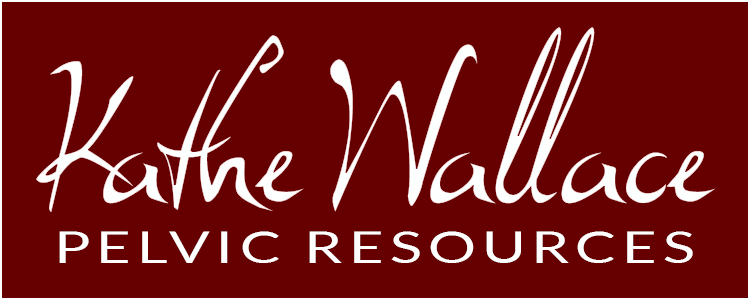The childbearing year brings dramatic changes to the body. Physical therapy can assist you in managing these musculoskeletal changes. We work with back, pubic, pelvic, thoracic, tailbone, and sacroiliac pains as well as changes in the primary muscles of delivery, the pelvic floor.
Pregnancy:
The body changes can stress the musculoskeletal system. Bed rest will also cause significant change in the musculoskeletal system.
Preparing for Delivery:
We utilize biofeedback to help you understand contraction and relaxation of the muscles of delivery (the pelvic floor and abdominals) as well as discover the best birthing and breast feeding position for your musculoskeletal condition.
Post partum:
Recovery can include strategies to regain muscle tone in the abdominal wall and pelvic floor – muscles that create your internal girdle of support and are responsible for bowel, bladder and sexual dysfunction. Some women have pelvic pain from scars (c-section, episiotomy), as well as fallen organs called prolapse, cystocele (bladder dropping) or rectocele (rectum dropping).
Also, the weakened muscle of the abdominal “core” may cause you to change the mechanics of daily tasks, causing low back pain, posture changes, and difficulty performing daily tasks.
Recovering from C section:
Evaluation and treatment of abdominal scar, myofascial pain and specific evaluation of the entire trunk muscles will help eliminate weakness and support your recovery. New approaches to abdominal stabilization, control and strengthening exercises will help you create an internal girdle of muscle support required for complete recovery.
Painful intercourse:
Scars from episitomy or tears of the pelvic floor muscles can contribute to painful intimacy and pelvic pain conditions. Special training is provided on muscle control, stretching and relaxation. Biofeedback can be used to assess and treat muscle tension and train relaxation.
Sacroiliac, lowback, pubic, tailbone/ coccyx pain:
can occur with childbirth trauma and improve with physical treatment.
Dropped organs and pelvic pressure::
Common after childbirth are changes to the pelvic organ support system. The symptoms are a feeling of organs dropping or falling out. Physical therapy has been utilized to help you treat the symptoms of this condition commonly known as cystocele (dropped bladder) or rectocele (dropped rectum).
Incontinence of Bladder or Bowel:
Education and training in proper habits and techniques to control urgency and/or leakage. You are instructed in an individualized pelvic floor exercise (Kegel) instruction based on assessment of your muscles. Treatment can retrain the muscles for essential control and support the internal organs. Analysis of pelvic alignment an movements/activities that cause your symptoms completes the treatment approach. See incontinence for complete description.
Preparing and Recovering from Childbirth with Physical Therapy
- Posture and muscle evaluation. Strengthen or stretch muscles to correct your body alignment, function and prevent or decrease pain.
- Pelvic Floor Issues – Learn strengthening and relaxation as well as delivery positions prior to labor. If after delivery you have weakness or pain this can be evaluated and treated. See Pelvic Floor Evaluation for more information.
- Movement and Body Mechanics
- Abdominal Muscle Recovery including specific evaluation for Diastasis Rectus Abdominis (DRA)
- Unique approach to SI, lumbopelvic dysfunction which can include manual therapy, joint mobilization, myofascial treatment and progressive abdominal and trunk movement re-education and strengthening. An evaluation of the pelvic floor muscles may help identify myofascial or strength problems that contribute to lumbopelvic problems.
